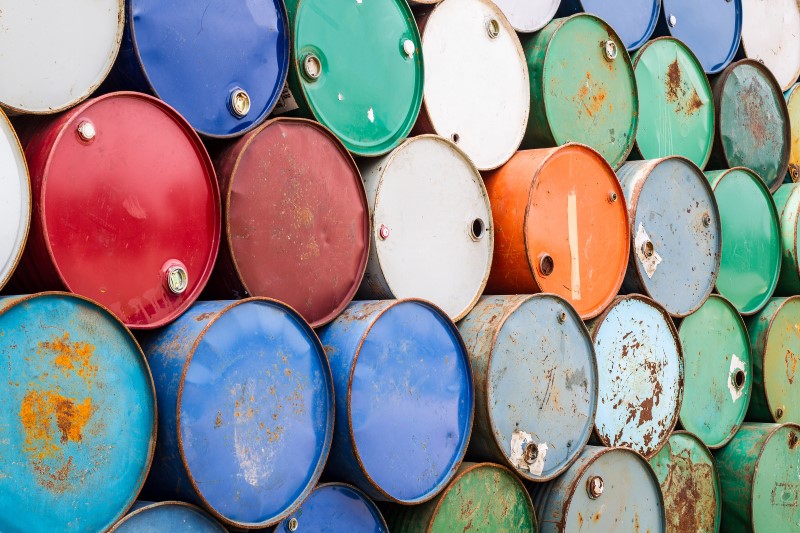US Crude Production Climbs to Near Record High in July
HOUSTON (Reuters) — U.S. crude oil output grew in July to near its pre-COVID peak in 2019, fueled by a record level of production from Texas, the top U.S. shale oil producer, the U.S. Energy Information Administration said on Friday.
U.S. crude production grew 0.7% to 12.99 million barrels per day (bpd) in July, its highest since November 2019, when production hit a peak of 13 million bpd.
Oil output from in Texas, New Mexico and North Dakota all rose. Texas grew 1.3% to 5.6 million bpd in July, its highest on record, North Dakota's output rose 1.2% to 1.2 million bpd, and New Mexico's oil climbed 0.6% to 1.8 million bpd.
The additional supplies come as Saudi Arabia and Russia this month extended their voluntary oil cuts to the end of the year, pushing up global oil prices as supplies tightened.
U.S. crude prices on Friday were trading over $91 per barrel, spurring hopes of additional production gains.
Meanwhile, U.S. crude and petroleum products supplied, a proxy for demand, fell by 592,000 bpd, in July to 20.12 million bpd, the lowest level since April.
Finished motor gasoline fell by 266,000 bpd in July to 9.01 million bpd, the lowest since April, EIA added.
Gross natural gas production in the U.S. Lower 48 states rose 0.7 billion cubic feet per day (Bcf/d) to a record 115.6 Bcf/d in July from 114.9 Bcf/d in June, according to EIA's monthly 914 production report.
That topped the prior all-time high of 115.2 Bcf/d in May.
In top gas-producing states, monthly output in July rose 0.6% in Texas to a record 34.2 Bcf/d but slid 1.1% in Pennsylvania to 20.7 Bcf/d.
That topped the prior all-time high of 34.0 Bcf/d in Texas in June and compares with a record 21.9 Bcf/d in Pennsylvania in December 2021.
Related News
Related News

- Keystone Oil Pipeline Resumes Operations After Temporary Shutdown
- Freeport LNG Plant Runs Near Zero Consumption for Fifth Day
- Biden Administration Buys Oil for Emergency Reserve Above Target Price
- Mexico Seizes Air Liquide's Hydrogen Plant at Pemex Refinery
- Enbridge to Invest $500 Million in Pipeline Assets, Including Expansion of 850-Mile Gray Oak Pipeline





Comments